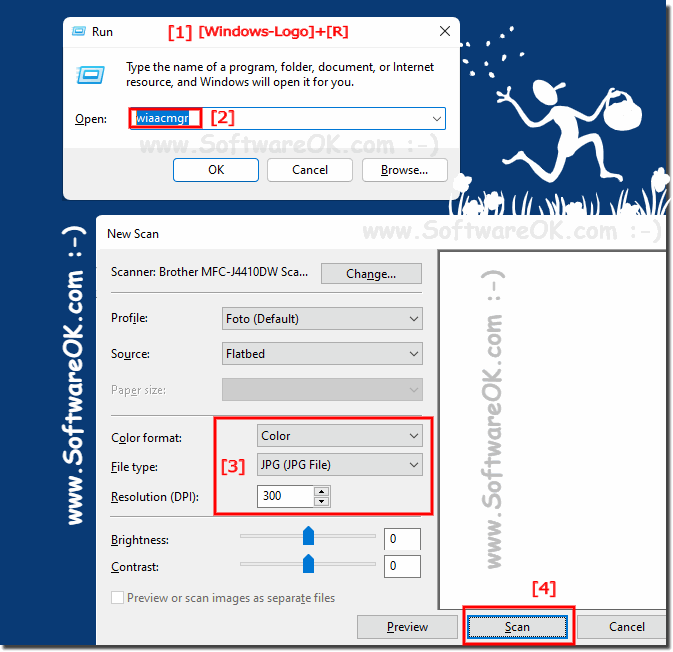

However, if your Windows Update client is already broken, use a running Windows installation as the repair source, or use a Windows side-by-side folder from a network share or from a removable media, such as the Windows DVD, as the source of the files. Important: When you run this command, DISM uses Windows Update to provide the files that are required to fix corruptions. It may take several minutes for the command operation to be completed.ĭISM.exe /Online /Cleanup-image /Restorehealth Type the following command, and then press Enter. (If you are running Windows 7 or Windows Vista, skip to Step 3.)

If you are running Windows 10, Windows 8.1 or Windows 8, first run the inbox Deployment Image Servicing and Management (DISM) tool prior to running the System File Checker. To do this, do the following as your appropriate: Run the System File Checker tool (SFC.exe)

Though the steps below might look complicated at first glance, just follow them in order, step-by-step, and we’ll try to get you back on track. If some Windows functions aren't working or Windows crashes, use the System File Checker to scan Windows and restore your files.


 0 kommentar(er)
0 kommentar(er)
